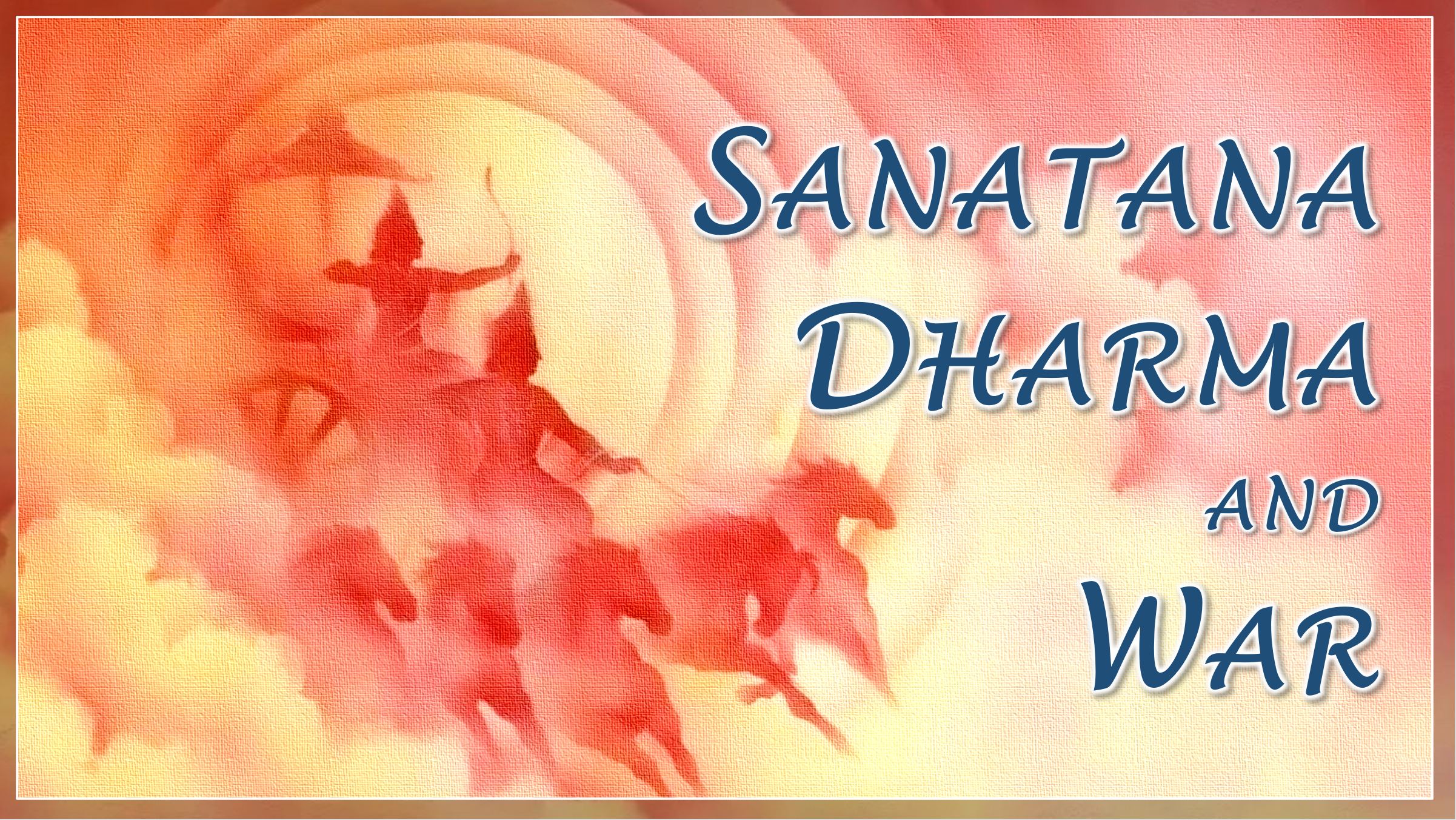We must be careful and cautious not to be carried away by what human groups may profess. The falsehood that drives humanity towards cruel deeds and meaningless violence is master at the power of deception. It professes to be moved by some high and noble impulse while actually it is driven by all that is low and ignoble. The beauty of the two great epics, the Ramayana and the Mahabharata, called as Itihas or history is that they vividly describe these archetypes and their modus operandi. Thus seen, wars become an offshoot, even a natural byproduct and an inevitable consequence of certain idea-forces and ideologies. The Asura and the Rakshasa have their own gospel, sometimes clothed in deceptive words just as the Deva type have their own code of conduct and ideals for which they stand and for which they fight and oppose the forces of darkness. It is this inner dimension of war that we see described in the Gita that is given to man during an hour of crisis, on the battlefield and at the cross roads of human destiny. Sri Aurobindo describes this in his Essays on the Gita:
Dharma is generally spoken of as something eternal and unchanging, and so it is in the fundamental principle, in the ideal, but in its forms it is continually changing and evolving, because man does not already possess the ideal or live in it, but aspires more or less perfectly towards it, is growing towards its knowledge and practice. And in this growth dharma is all that helps us to grow into the divine purity, largeness, light, freedom, power, strength, joy, love, good, unity, beauty, and against it stands its shadow and denial, all that resists its growth and has not undergone its law, all that has not yielded up and does not will to yield up its secret of divine values, but presents a front of perversion and contradiction, of impurity, narrowness, bondage, darkness, weakness, vileness, discord and suffering and division, and the hideous and the crude, all that man has to leave behind in his progress. This is the adharma, not dharma, which strives with and seeks to overcome the dharma, to draw backward and downward, the reactionary force which makes for evil, ignorance and darkness. Between the two there is perpetual battle and struggle, oscillation of victory and defeat in which sometimes the upward and sometimes the downward forces prevail.’ [Essays on the Gita: 172]




About Savitri | B1C1-11 A Sacred Yearning (p.5)